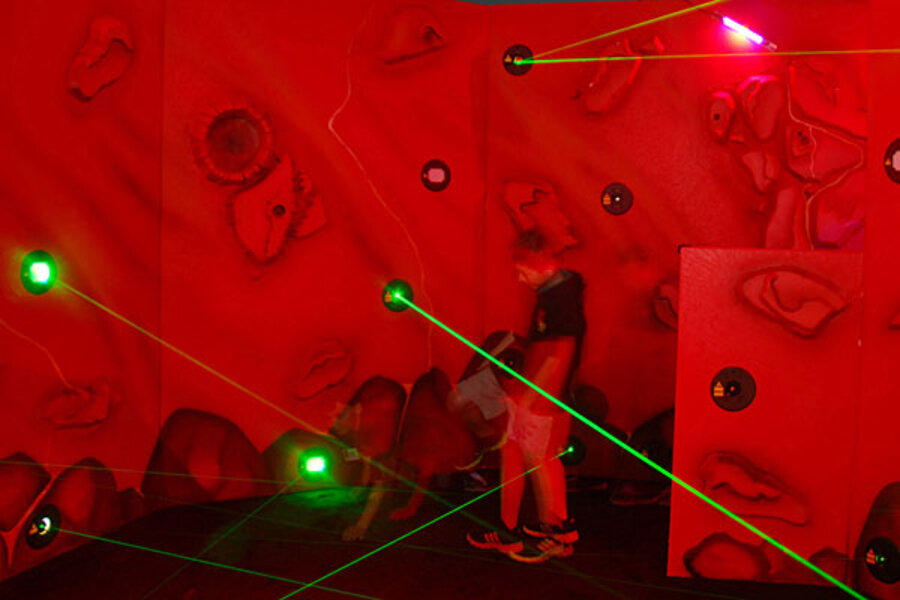Scientists examine nothing, find something
Where did the speed of light in a vacuum come from? Why is it 299,792,458 meters per second and not some other figure?
The simple answer is that, since 1983, science has defined a meter by the speed of light: one meter equals the distance light travels in one 299,792,458th of a second. But that doesn't really answer our question. It's just the physics equivalent of saying, "Because I said so."
Unfortunately, the deeper answer has been equally unsatisfying: The speed of light in a vacuum, according to physics textbooks, just is. It's a constant, one of those numbers that defines the universe. That's the physics equivalent of saying, "Because the cosmos said so."
Or did it? A pair of studies suggest that this universal constant might not be so constant after all. In the first study, Marcel Urban from the University of Paris-Sud and his team found that the speed of light in a vacuum varies ever so slightly.
This happens because what we think of as nothing isn't really nothing. Even if you were to create a perfect vacuum, at the quantum level it would still be populated with pairs of tiny "virtual" particles that flash in and out of existence and whose energy values fluctuate. As a consequence of these fluctuations, the speed of a photon passing through a vacuum varies, about 50 quintillionths of a second per square meter.
That may not sound like much, but it's enough to point the way toward a new underlying physics.
Before 1905, when Albert Einstein formulated his special theory of relativity, scientists regarded space and time as composing the backdrop of the universe, the immovable stage upon which motion takes place. The only problem with this model is that light seems to move at the same speed regardless of the speed of the source, creating an apparent paradox. Einstein's theory resolved this paradox by replacing Newton's absolutes of time and space with a single absolute, the speed of light.
But if even that can vary, what's left for us to hang our hat on? Nothing, it turns out.
But, as we just noted, nothing is something. Urban's paper suggests that the speed of light and other constants "are not fundamental constants but observable parameters of the quantum vacuum." In other words, the speed of light emerges from the properties of particles in the vacuum.
In the other paper, physicists Gerd Leuchs and Luis L. Sánchez-Soto, from the Max Planck Institute for the Physics of Light in Erlangen, Germany, hypothesize how this emergence occurs. They suggest that the impedance of a vacuum – another electromagnetic 'constant' whose value depends on the speed of light – itself depends only on the electric charge of the particles in the vacuum, and not their masses.
If their hypothesis is correct, it answers our question of where the speed of light comes from: It emerges from the total number of charged particles in the universe.
Time will tell if this hypothesis is correct. And of course, by "time," we mean "space and time," by which we mean "the speed of light," by which we mean "nothing," by which we mean "the properties of the quantum vacuum." But in the meantime – or whatever – you can thank us for informing you that, as the speed of light in a vacuum continues to fluctuate, so too does the length of the meter. Think nothing of it.






